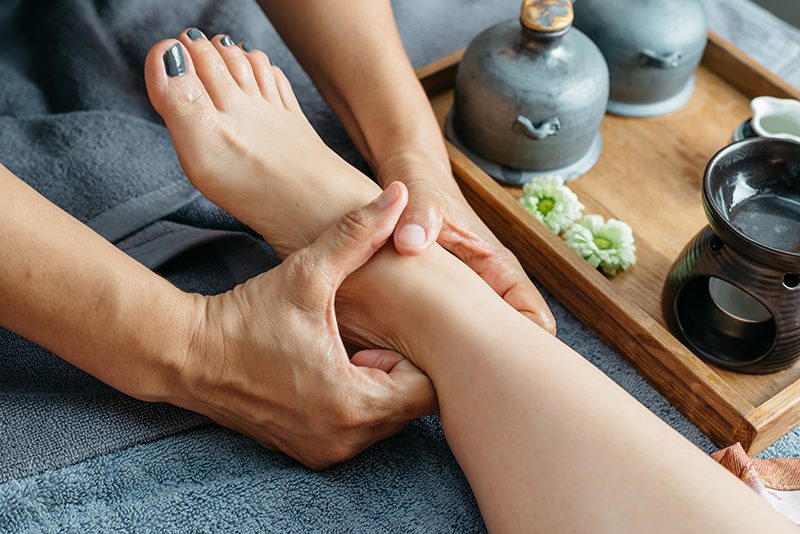What Is Reflexology?
Reflexology is a form of manual therapy that involves applying pressure to certain
points on the feet and hands. These “body maps” are said to correspond with
different parts of the body and to help regulate organ function spa Kuala Lumpur. It is a treatment that
may be helpful for those suffering from various conditions, including pain, stress and
anxiety. However, many reflexologists caution that more research is needed into its
effectiveness as a healing modality.
:max_bytes(150000):strip_icc()/GettyImages-1372666434-c8959bc5e6a342f397cced51359730e5.jpg)
Reflexologists believe that the feet and hands are mirror images of every part and
organ in the body premium massage Spa. They say that by applying pressure in a specific pattern to these
critical areas, the nervous system is stimulated and the body is encouraged to heal
itself. In practice, the therapist works to relieve patterns of tension and help restore
balance to the entire body. In addition to the traditional foot massage, some
reflexologists offer hand and ear reflexology as well.
In a reflexology session, the client remains fully clothed and sits in a massage chair
or lies on a table. During this time, the practitioner will ask questions about health
history and lifestyle to determine where to work on the feet or hands. Reflexologists
will also check for open wounds, rashes, bunions, or other conditions that would
hinder the treatment.
During the reflexology session, the practitioner will apply gentle pressure to the feet
and may work on specific points or zones on the soles of the feet. These areas are
believed to correspond to the brain, lungs, liver and heart, among other vital organs
in the body. The therapist will also massage the feet to relax the muscles and
encourage blood flow.

Some people claim that reflexology sessions help ease back pain, headaches and
menstrual symptoms as well as improve digestion and boost immune function. Other
claims include restoring hormonal balance, boosting fertility and reducing the effects
of cancer treatments, such as nerve damage.
It is important for anyone considering a reflexology session to seek out a licensed,
professional reflexologist. There are several groups that offer training in reflexology,
and the Reflexologists Association of America has established a set of standards that
must be met to become a certified reflexologist. These include at least 300 hours of
foot and hand reflexology education, 160 of which must be in a live classroom
setting with an instructor.
In addition, the practitioner must pass a written exam and be an RAA member to
provide reflexology services. Anyone who provides reflexology without meeting
these requirements is practicing unlicensed massage. It is also a good idea to talk to
a healthcare provider before receiving this type of massage, as it can cause adverse
reactions in some people. This is especially true if you have circulatory problems,
blood clots, gout, thyroid issues or athlete’s foot. In addition, pregnant women
should only receive reflexology under the guidance of a licensed practitioner and
only after a doctor’s approval. However, for most people, a reflexology session is
generally safe and can be extremely relaxing.

